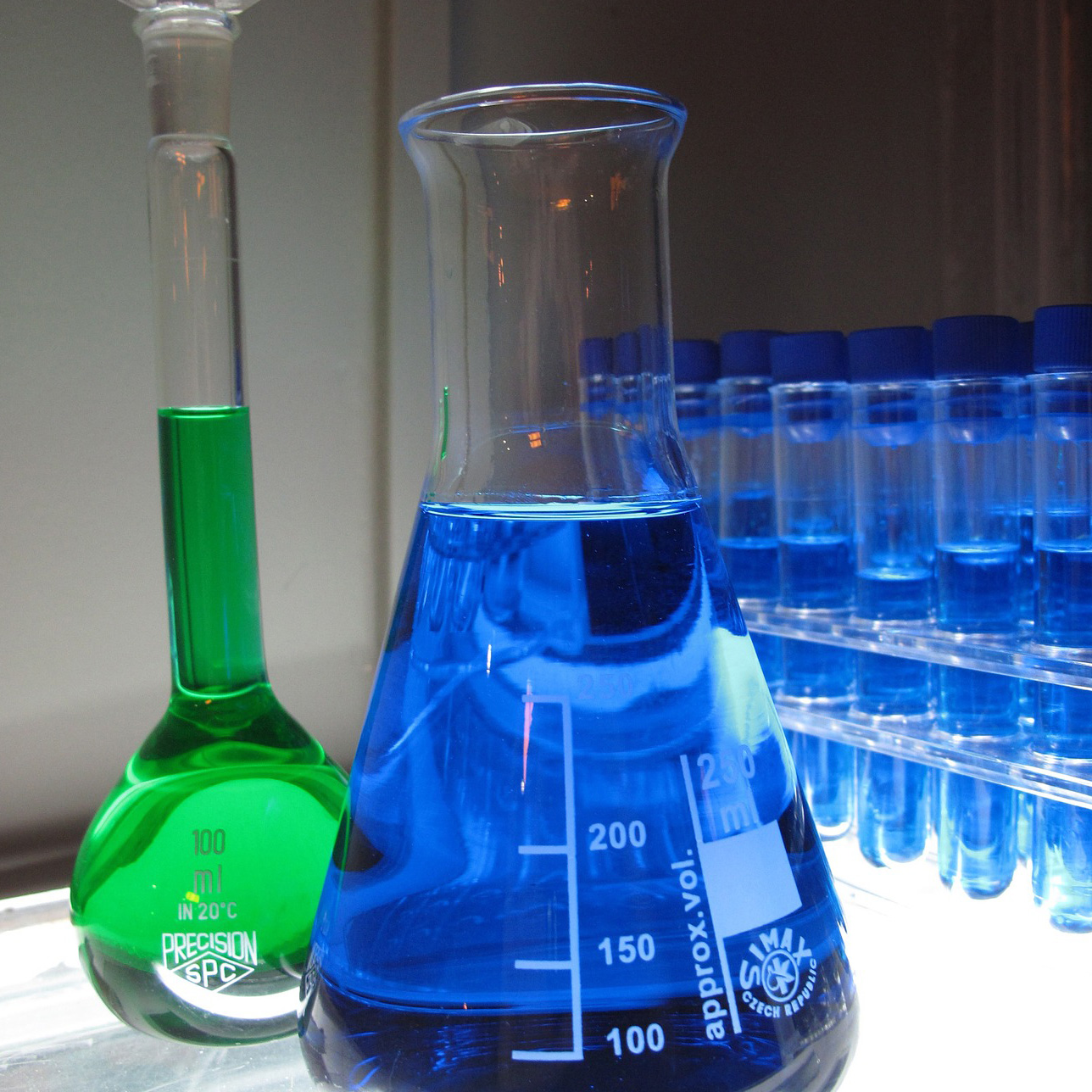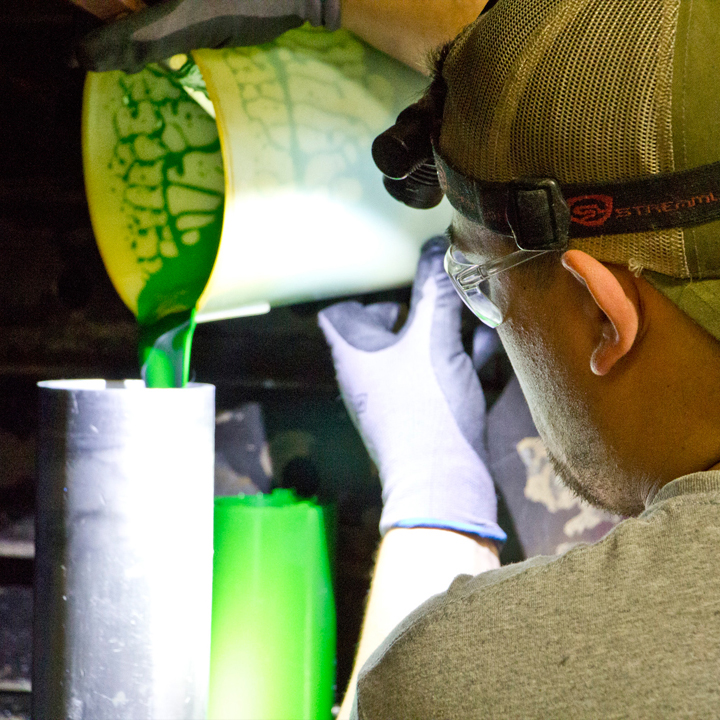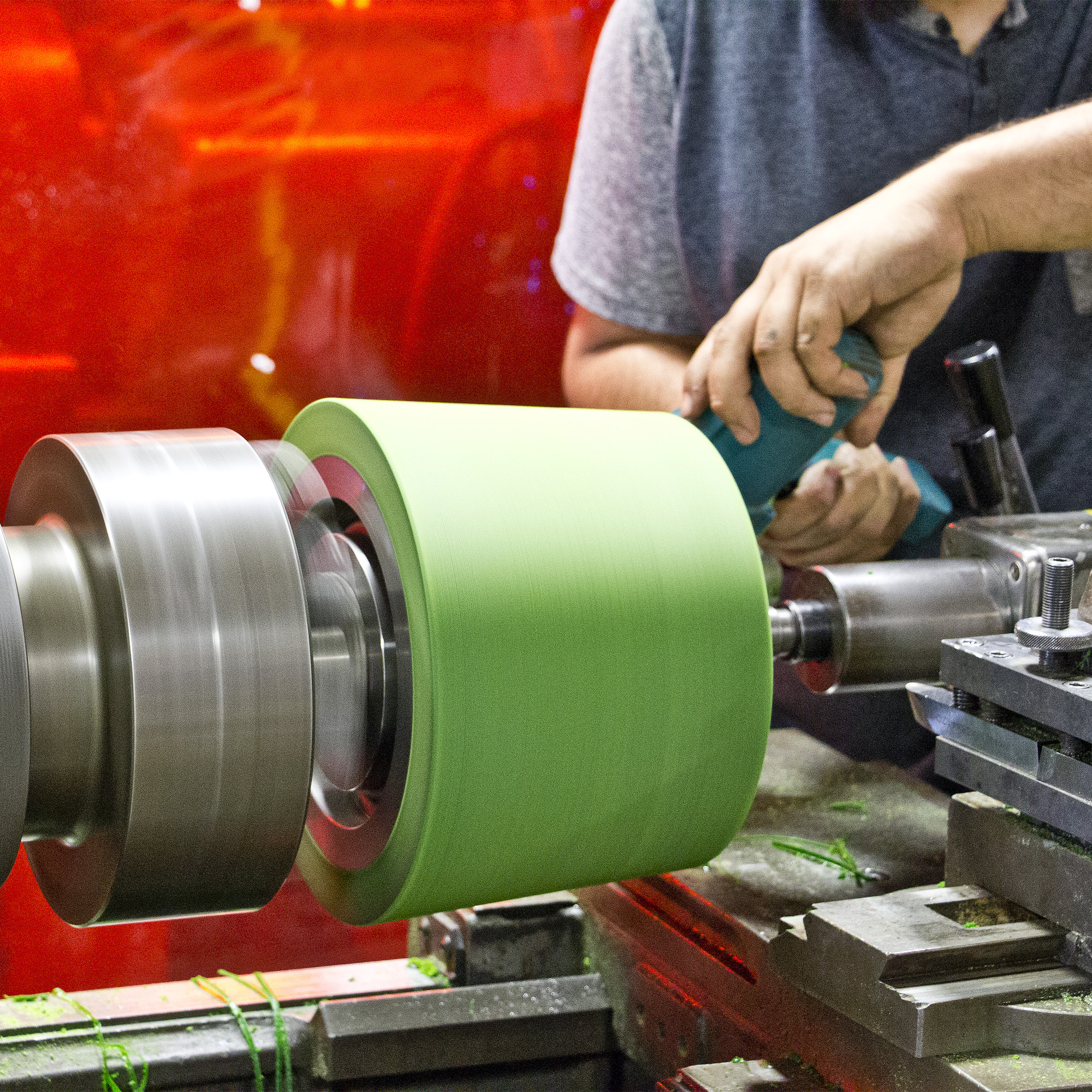DESIGN – FORMULATION – MOLDING – MACHINING
The team at Urethane Specialists Inc are experts in all aspects of producing high precision urethane parts. Urethane has superior engineering properties when produced with the proper design, formulation, molding, and machining. Here is how we do it.

Mold Design
Molds must reproduce often challenging geometry and compound shapes including cavities, sharp radii, fillets, ribs, and recessed surfaces. So, this requires careful prototyping and mold fabrication.
Complex mold shapes must be carefully milled out of steel or aluminum because of the heat and pressure involved in the urethane curing process. Molds also have to withstand thousands of production cycles. Since molds can be very complex, the modern milling process requires 3D drafting, precision lathes, and CNC mills to ensure accuracy.
Molds are designed to facilitate extraction of the part when curing is complete. So, the designer will often incorporate features such as a taper, called a draft. Nesting buckets and other ordinary containers have the same geometry. Undercuts, ridges, or projections may make it difficult to eject the part from the mold. So, clever workarounds with interesting names such as parting lines, side-actions, bump-offs, and sliding-shutoffs are incorporated in the mold design.

Formulation
Polyurethane is extremely versatile because of the almost infinite number of formulations that can be custom-tailored for specific applications. Various additives allow the formulator to achieve the desired characteristics, such as:
- Hardness (aka Durometer)
- Resistance to abrasion, heat, & chemicals
- Tensile strength
- Specific gravity (buoyancy)
- UV light protection
- And more…
Durometer is a numerical scale that defines the degree of hardness. Soft to mid-range durometers from 10A to 90A are suitable for coatings and lightly abrasive environments. Harder urethanes in the 90A to 95A range are suitable for high impact, more abrasive environments. The hardest durometers in the 60D to 75D range are for high load bearing applications such as bearings and bushings.
Click Here for: Shore Hardness Scale

Molding
The end-goal of the urethane molding process is to produce a casting that has the specified engineering properties and is free of voids, air pockets, or other imperfections.
The first step of the molding process is to bring the metal molds to a precise temperature in industrial ovens. Then, the liquid urethane is mixed with the necessary additives and catalysts. Because the catalysts create a chemical reaction and starts the hardening process, the clock begins ticking on the molding process.
Operators then place the liquid urethane in a vacuum chamber to extract air bubbles that may have been introduced during the mixing process. Bubbles would leave voids that might leave the finished parts weakened or unbalanced.
Operators then quickly take the liquid urethane to the ovens and carefully transfer to the molds, taking care not to introduce any new air bubbles. The curing process is carefully timed and monitored over hours or days to ensure the proper heating and cooling cycle to receive the desired result.

Machining
The parts are extracted from the mold after the urethane has cooled. The parts are then turned on a lathe to be deburred, balanced, and polished. In some cases additional operations may be performed to add textures, grooves, ridges, and other features that could not be achieved with the mold.
Then, parts are subjected to a rigorous quality control inspection prior to shipping.
